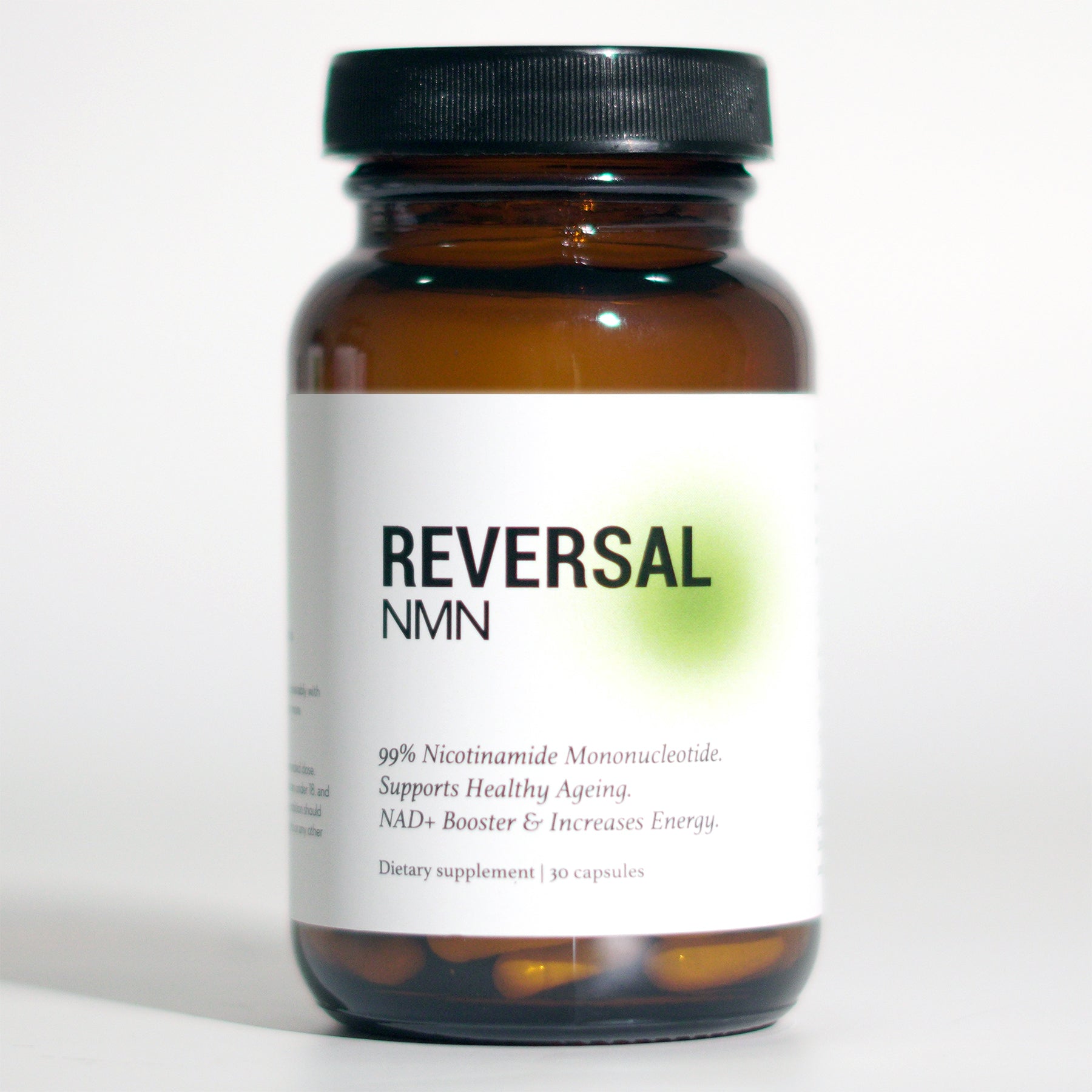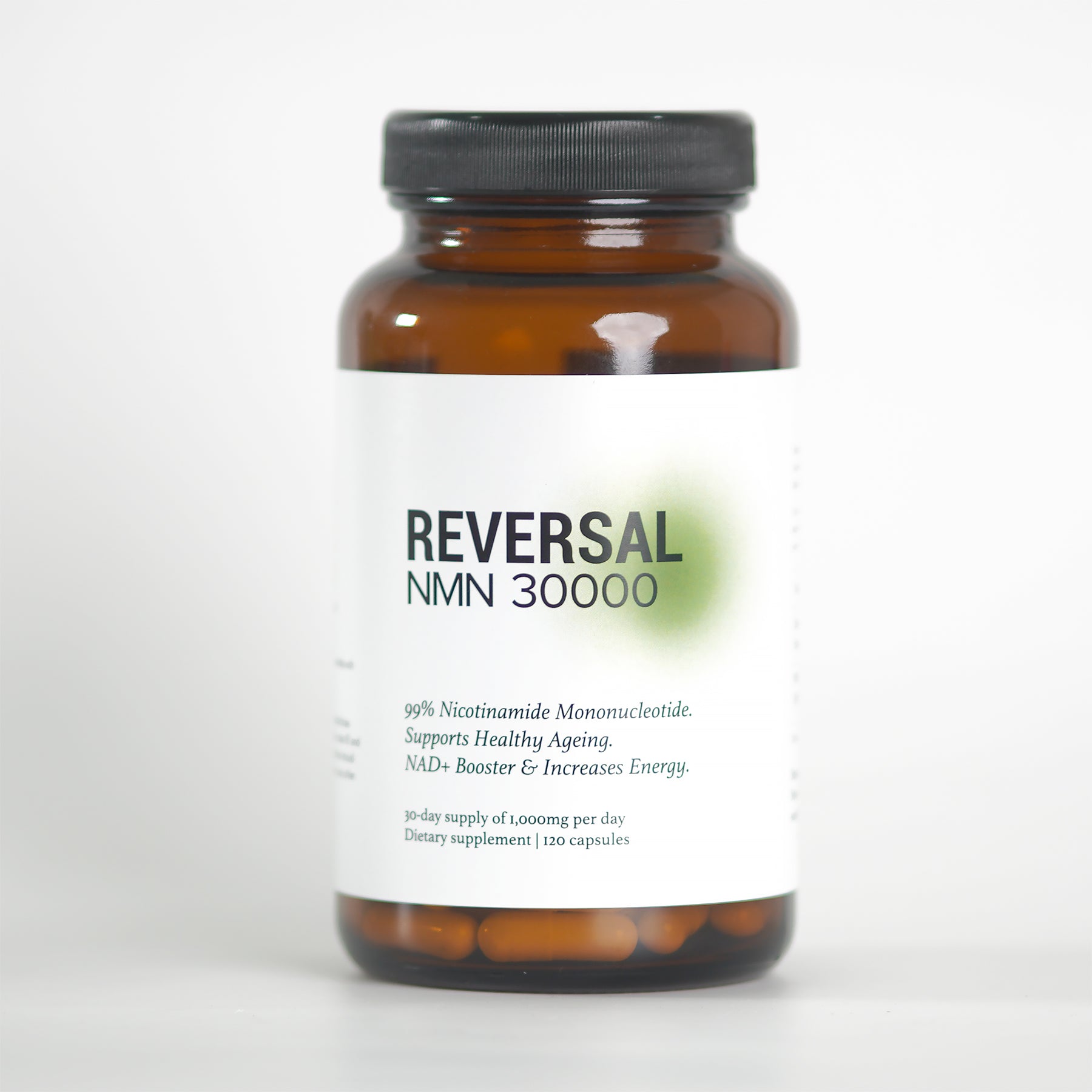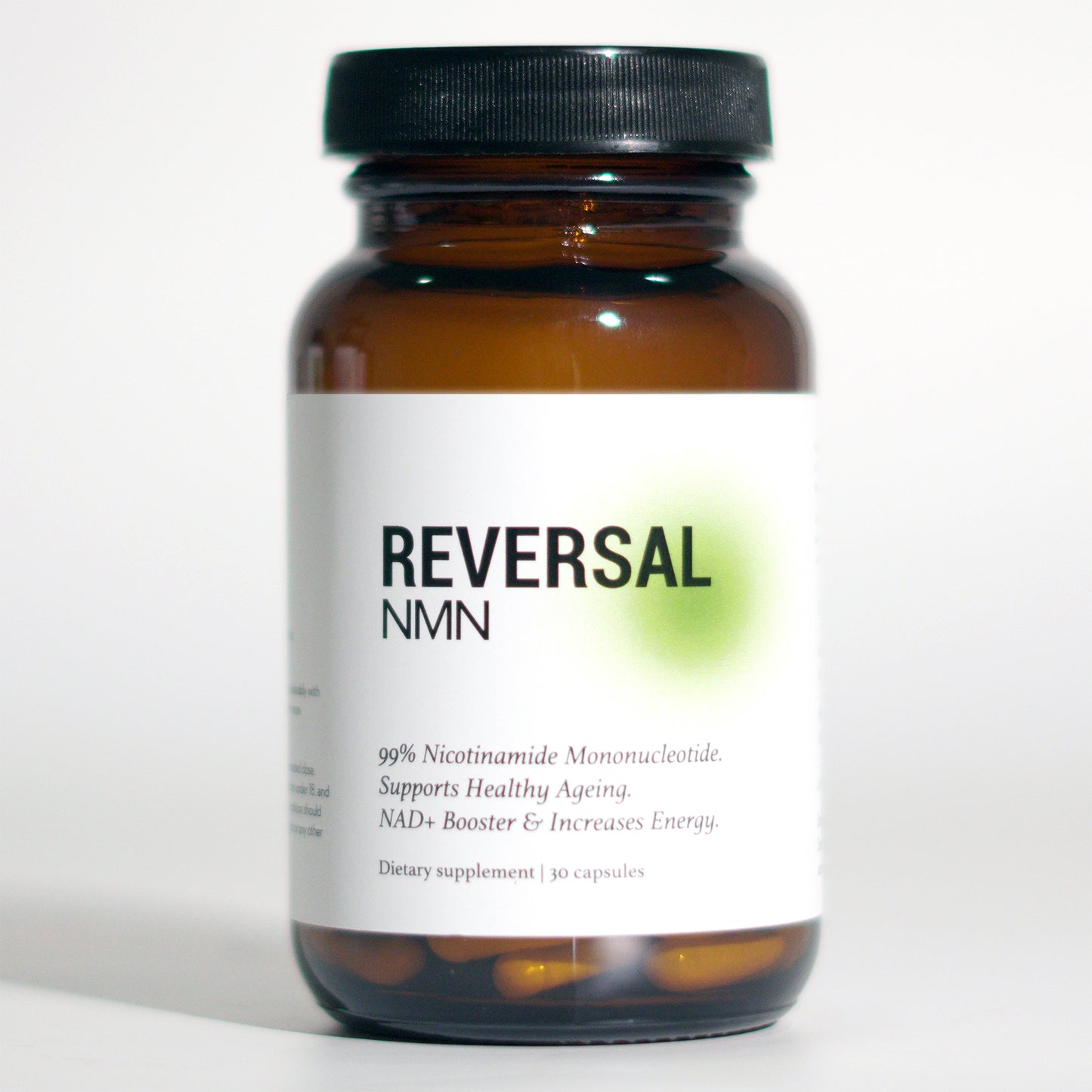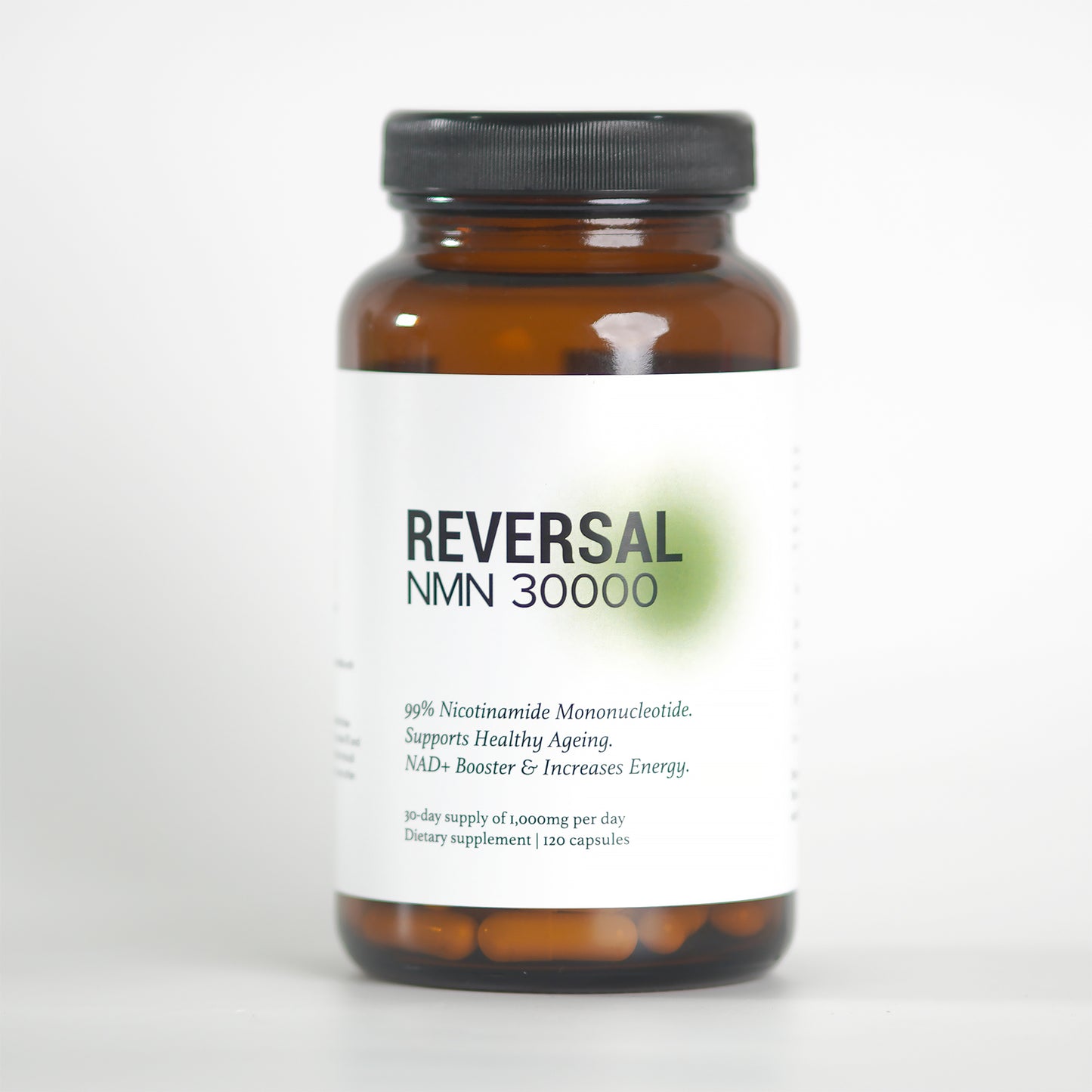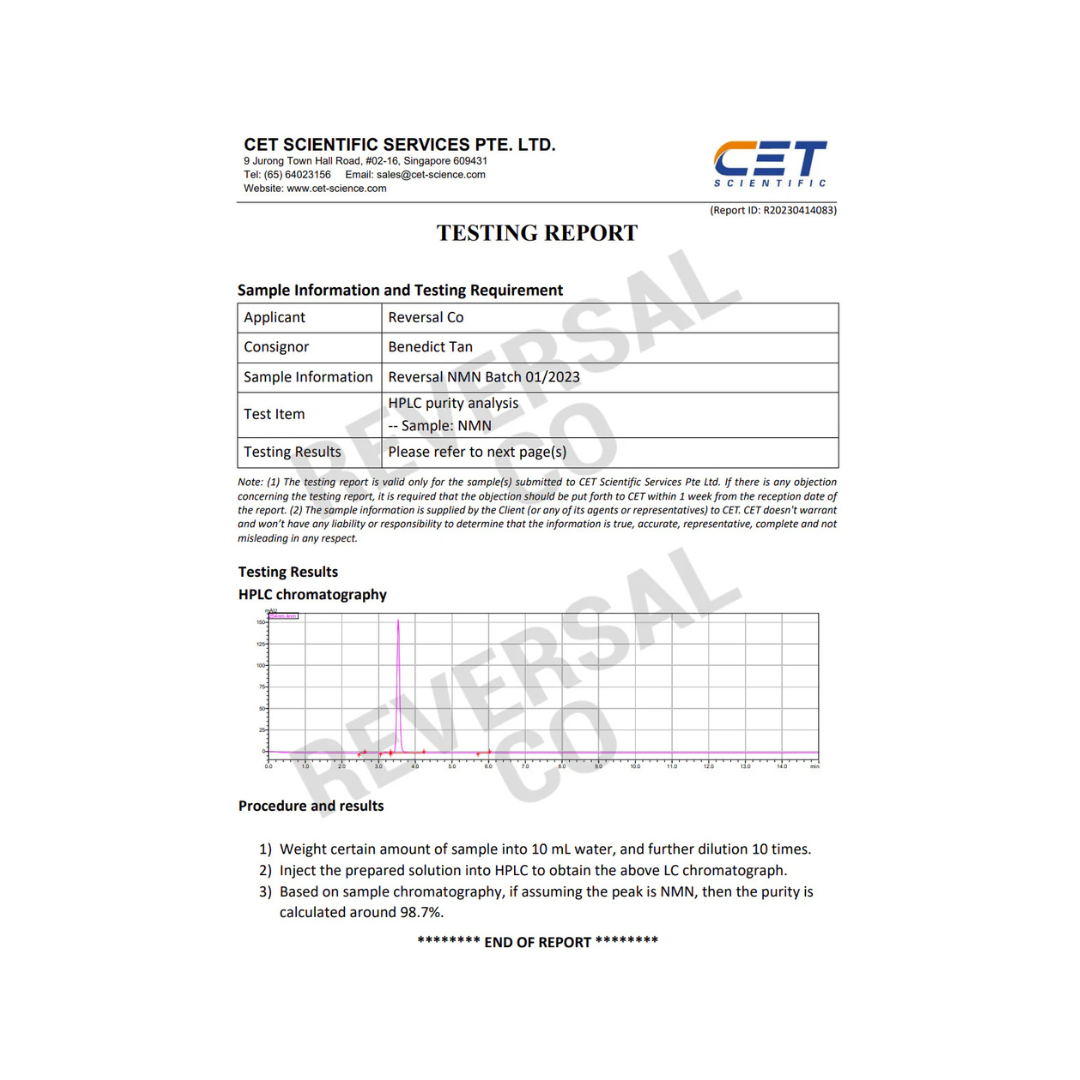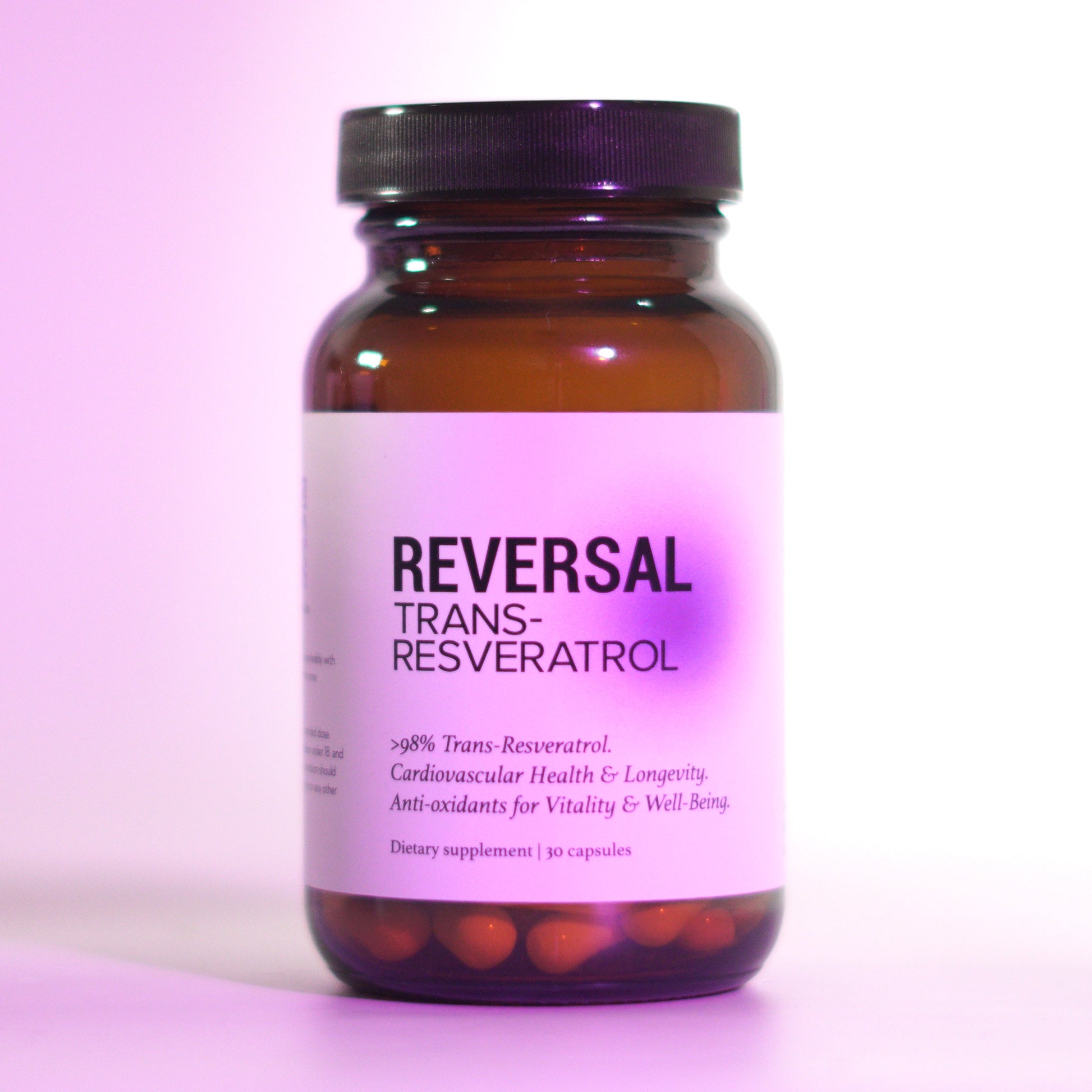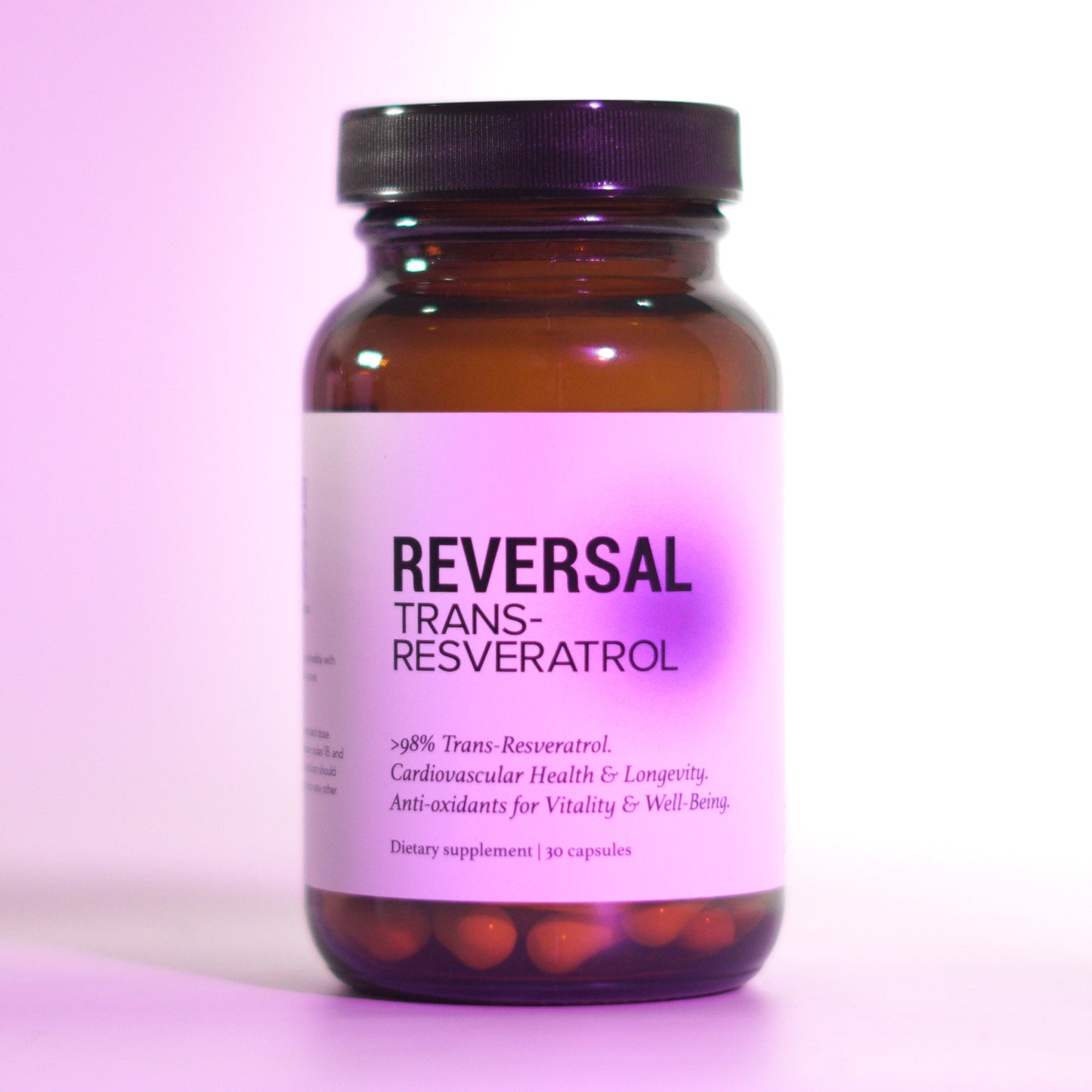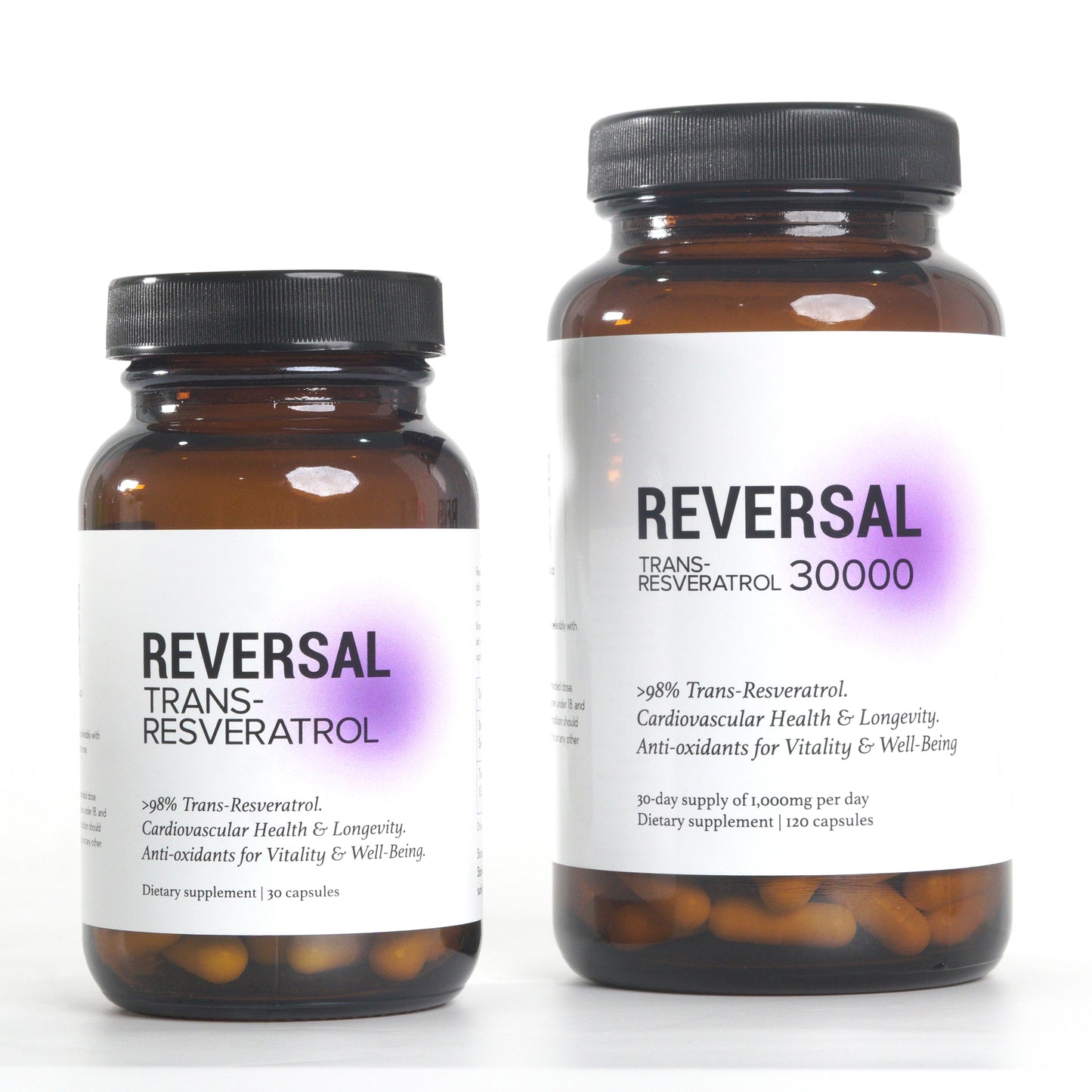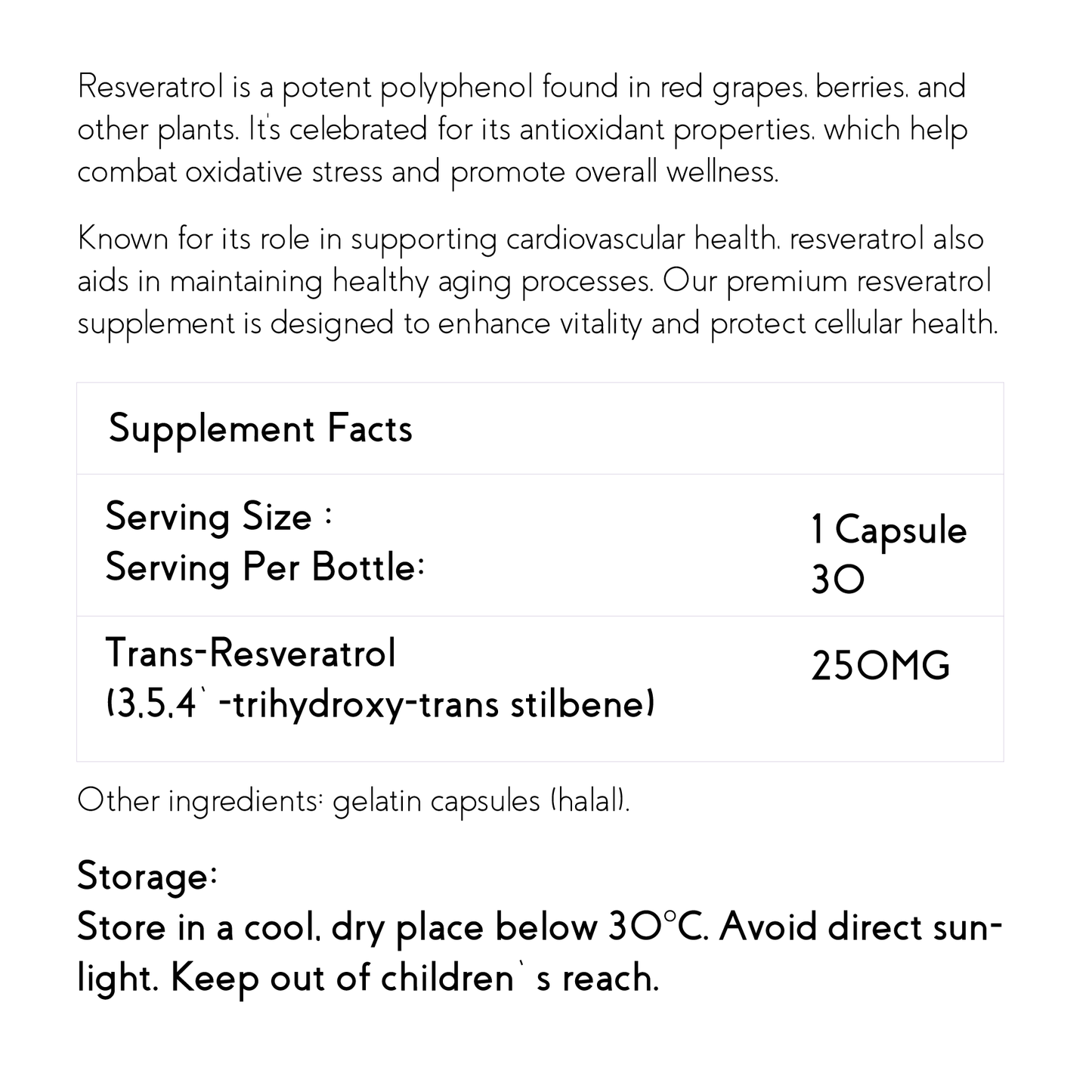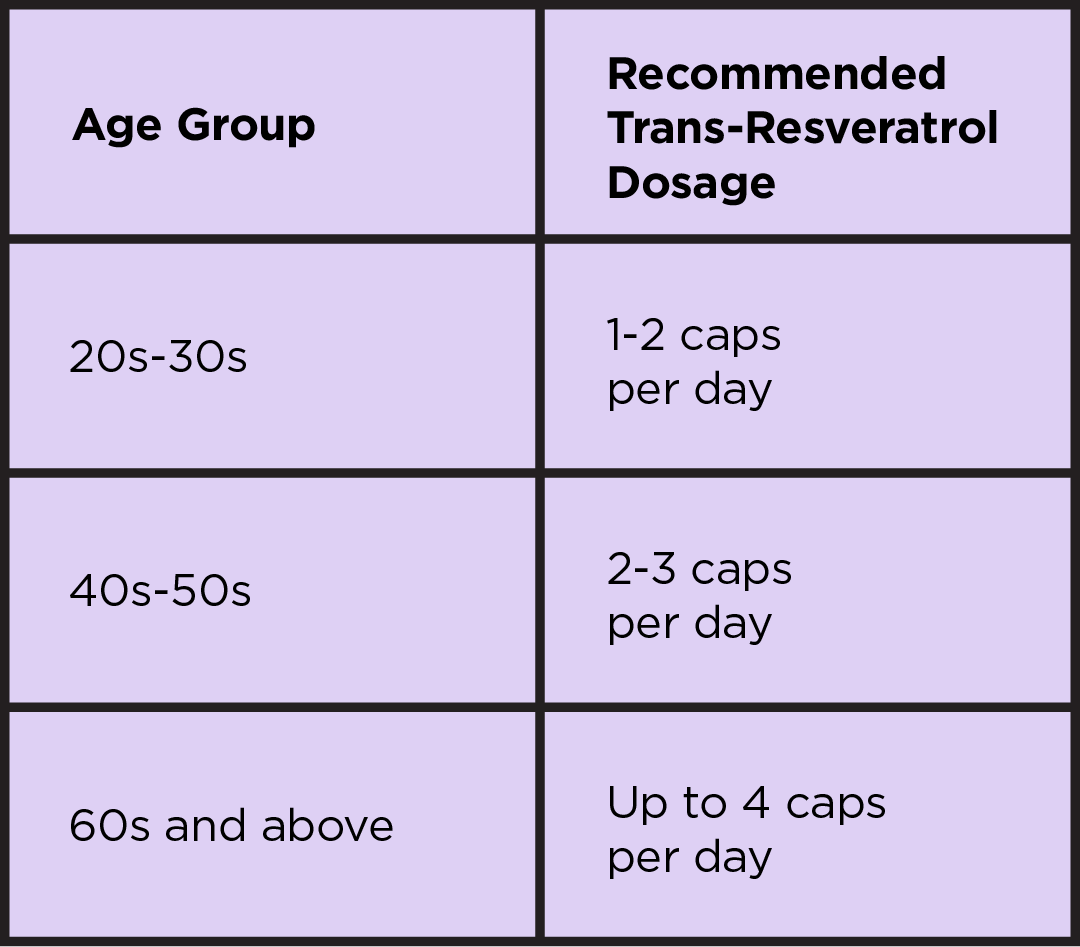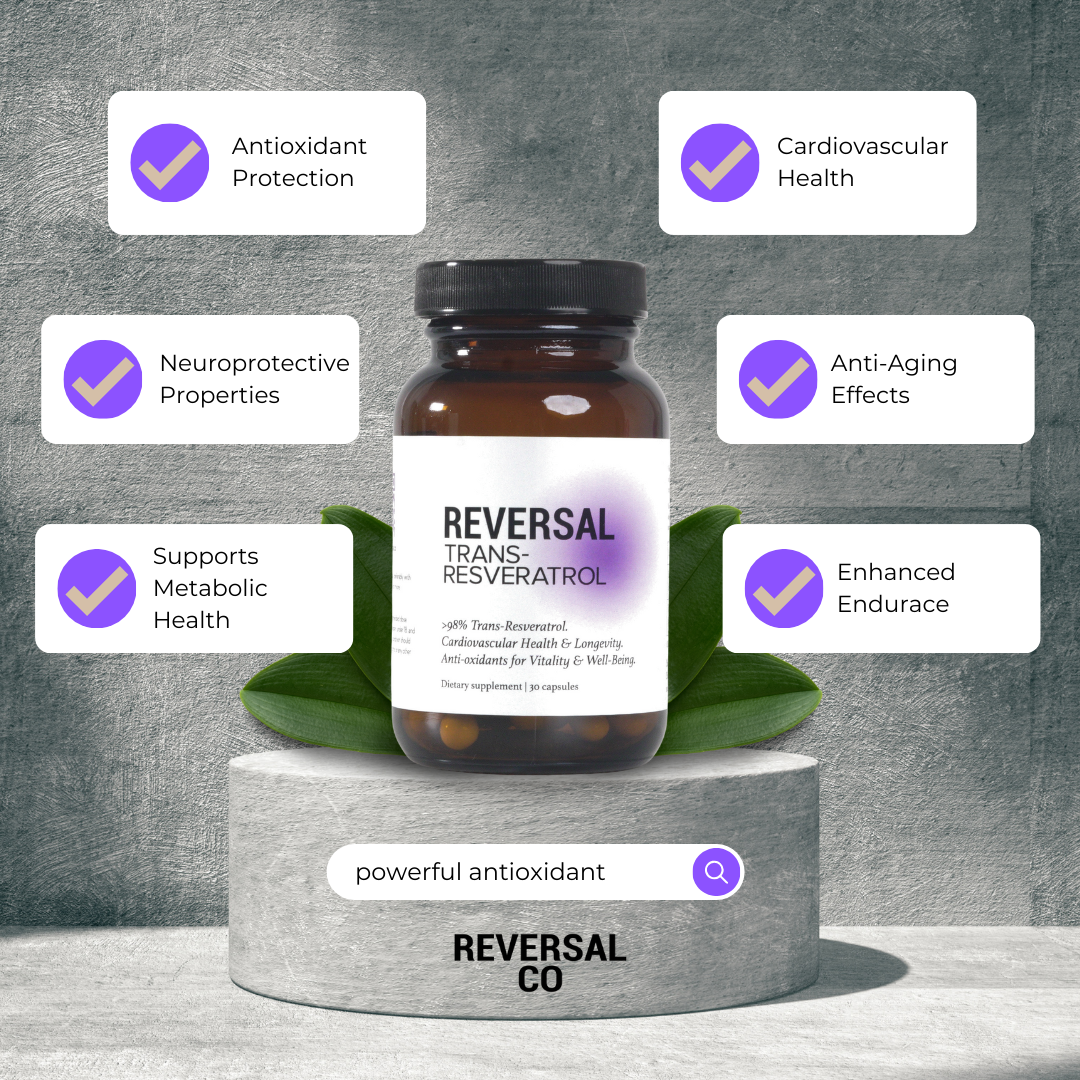Ageing and Disease: The Unveiled Connection
Ageing is an inevitable part of life, and as we age, our bodies become more susceptible to various diseases. The connection between ageing and disease has long been a topic of interest for scientists and medical professionals. Understanding how ageing contributes to the development of diseases is crucial for improving the quality of life for older individuals.
The Biological Basis of Ageing and Disease
Ageing is accompanied by a gradual decline in physiological function, characterized by molecular and cellular changes. Some of the hallmarks of ageing include genomic instability, telomere attrition, epigenetic alterations, and loss of proteostasis.
These age-related changes create an environment within the body that increases the risk of developing chronic diseases such as cancer, cardiovascular disease, neurodegenerative disorders, and metabolic conditions.
The cellular and molecular processes involved in ageing also play a significant role in the onset and progression of age-related diseases. For example, chronic inflammation, a common feature of ageing, has been linked to the development of various age-related diseases including Alzheimer's disease, cancer, and cardiovascular disease.
Ageing, Inflammation, and Disease
Chronic low-grade inflammation, often referred to as "inflammaging," is a key factor in the biological processes that underlie ageing and age-related diseases. Inflammaging is associated with the activation of the immune system and the release of pro-inflammatory molecules, and it contributes to the pathogenesis of several age-related conditions.
Inflammation has been implicated in the development of atherosclerosis, a major cause of cardiovascular disease, as well as in the progression of neurodegenerative diseases such as Alzheimer's and Parkinson's disease. Moreover, chronic inflammation may also promote the growth and spread of cancer cells.
Understanding the complex interplay between ageing, inflammation, and disease is critical for developing therapeutic strategies that target the underlying mechanisms of age-related pathologies.
The Role of Cellular Senescence
Cellular senescence, a state of irreversible cell cycle arrest, is another phenomenon associated with ageing and disease. Senescent cells secrete a variety of pro-inflammatory factors, collectively known as the senescence-associated secretory phenotype (SASP), which can contribute to local and systemic inflammation, exacerbating age-related pathologies.
Furthermore, the accumulation of senescent cells in tissues and organs can disrupt normal tissue function and contribute to the development of age-related diseases. Targeting senescent cells has emerged as a promising approach for mitigating age-related chronic inflammation and associated diseases.
Implications for Disease Prevention and Treatment
Understanding the link between ageing and disease has significant implications for disease prevention and treatment in older individuals. By targeting the fundamental biological processes of ageing, such as inflammation, cellular senescence, and mitochondrial dysfunction, researchers aim to develop interventions that could delay the onset or progression of age-related diseases.
Strategies aimed at modulating the immune response and reducing chronic inflammation, such as the development of anti-inflammatory drugs or the repurposing of existing medications, hold promise for ameliorating age-related diseases. Additionally, interventions that target cellular senescence, such as senolytic drugs, have shown potential in preclinical studies for alleviating age-related pathologies.
The Role of Genetics and Lifestyle Factors
Genetic factors also play a crucial role in determining an individual's susceptibility to age-related diseases. Variations in genes associated with processes such as DNA repair, oxidative stress response, and inflammation can influence the risk of developing specific age-related conditions.
Moreover, lifestyle factors, including diet, exercise, and environmental exposures, can modulate the biological processes of ageing and impact the risk of age-related diseases. Adopting healthy lifestyle practices, such as regular physical activity, a balanced diet, and avoiding tobacco use, can contribute to healthy ageing and reduce the risk of developing chronic diseases.
Concluding Thoughts
The intricate connection between ageing and disease underscores the importance of addressing the biological underpinnings of ageing in the context of disease prevention and treatment. As the global population continues to age, understanding and addressing the link between ageing and disease is paramount for promoting healthy ageing and enhancing the well-being of older individuals.
For more information on related topics, consider exploring resources from reputable organizations such as the National Institutes of Health (NIH) and the World Health Organization (WHO).


